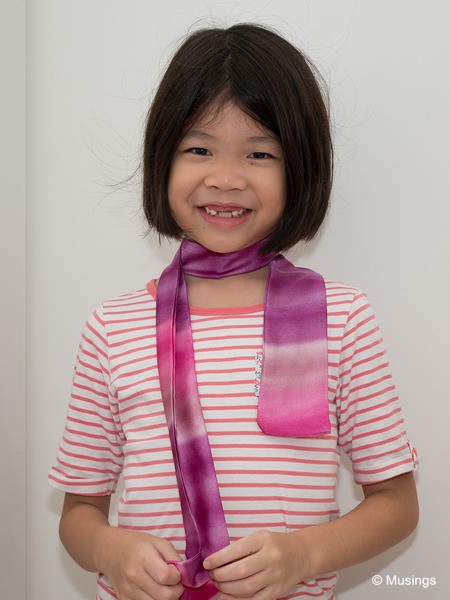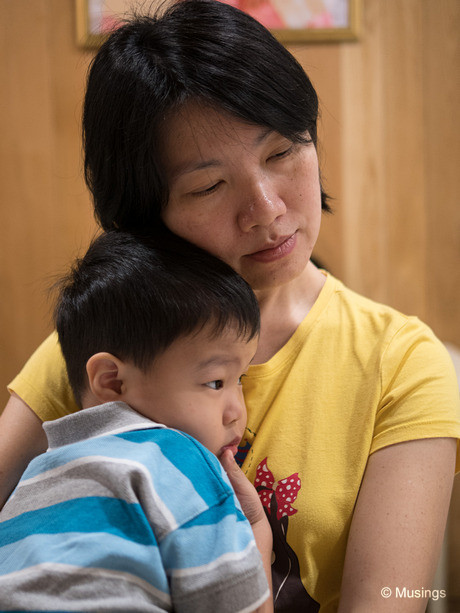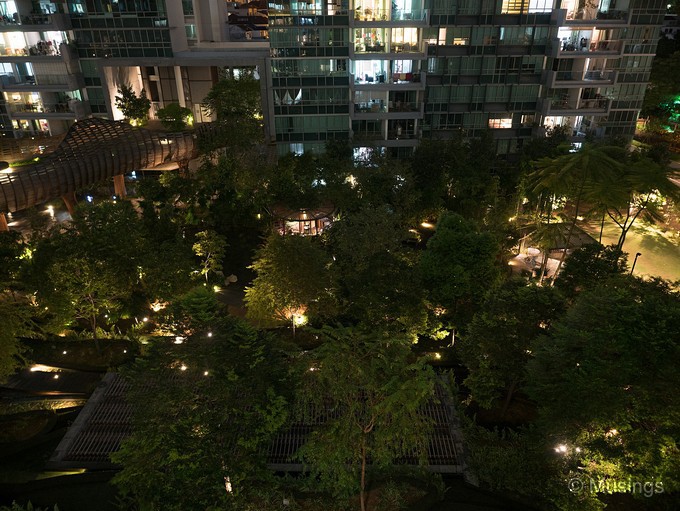Previous parts of my notes on the GX85 here, here and here.
The out of camera RAWs from the GX85 seem to be very slightly less saturated than the Olympus’ m4/3 cameras I’ve got, but they’re no less pleasing and can be edited to taste in processing anyway. Also, while the camera – like the E-M5/E-M1 – does not use/uses a weak low pass filter, the pictures I get from the trio of primes – 17mm, 25mm and 45mm – also seems slightly less sharp than the Olympuses. Like color, it’s not something that can’t be fixed in processing and I haven’t done enough shooting with this camera yet to tell if it’s really a characteristic – but it’s interesting to note nonetheless.
The 12-32mm optically stabilized pancake lens is compact in collapsed mode, and focuses briskly. I also especially like that it’s 2mm wider than the Olympus pancake equivalent 14-42mm, as the wider angle makes for more possibilities than a slightly longer focal length (32mm vs 42mm). The lens is reasonably sharp in the center but somewhat softer at the edges – so one has to stop the aperture down somewhat if sharpness at the edges is important. I don’t reckon that the overall image quality can’t match that of the 12-40mm f2.8, but the latter is also a much larger and also costly lens.





Few more notes too on my ongoing experience with the GX85.
The camera offers a Pinpoint AF feature which enlarges the AF box for precise focusing, and you can customize the time the magnification box appears. I don’t use it a lot when taking quick shots of the kids, but it’s a useful feature for more methodical shooting.
Hannah is fascinated with the camera’s facial recognition. Up to six persons can be registered with three facial images each. You can even include each person’s birthdate, and the camera will then calculate the person’s age as an optional info item that can be added in a JPG image text stamp.
Setting up and starting WIFI remote control is easy and quicker than on the Olympus E-M1. On the latter, it’s a two-step process: enabling WIFI, and starting the connection itself. On the GX85, it’s a one-step process. On the other hand, I still haven’t been able to get the other WIFI functions to work: including transfer to PC and Lumix Club.
Filenames in the GX85 defaults to P103**** and there’s apparently not possible to customize it within the camera. Editing filenames is a standard feature in Olympus’ cameras, and even more important as I routinely use all three m4/3 cameras – the E-M1, E-M5 and E-PL6 – and editing the filename prefix allows me to distinguish quickly images that are taken by one of the three. Since this is the only Panasonic m4/3 camera I’m using now, it’s not a major deficit – but still.
In all, the GX85 is a solid camera. It suits most of my needs and fits my shooting style quite neatly. And for the bargain price I got it at, I reckon this is a serious contender for serious enthusiasts wanting to get into the m4/3 system.
Recent comments